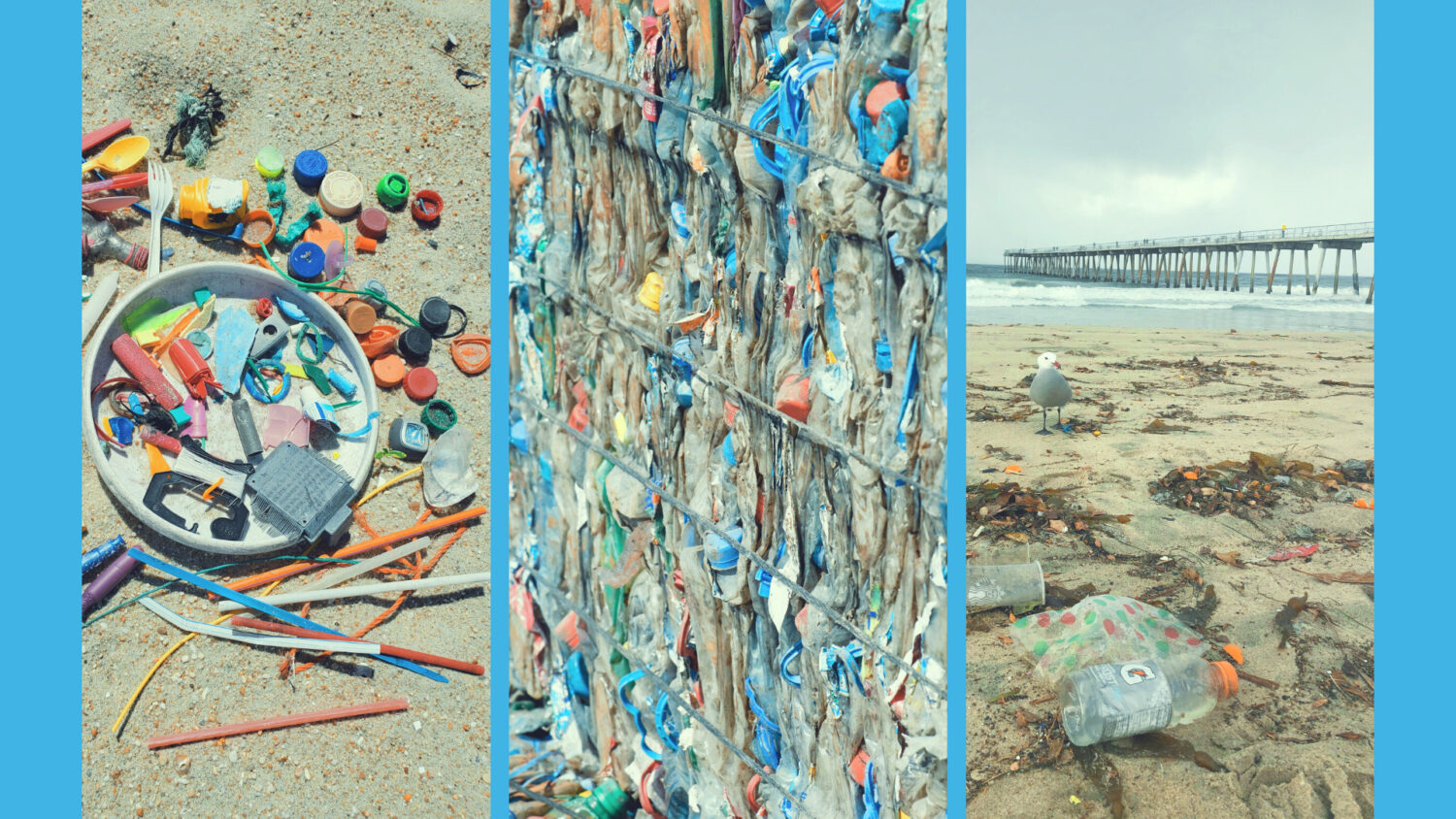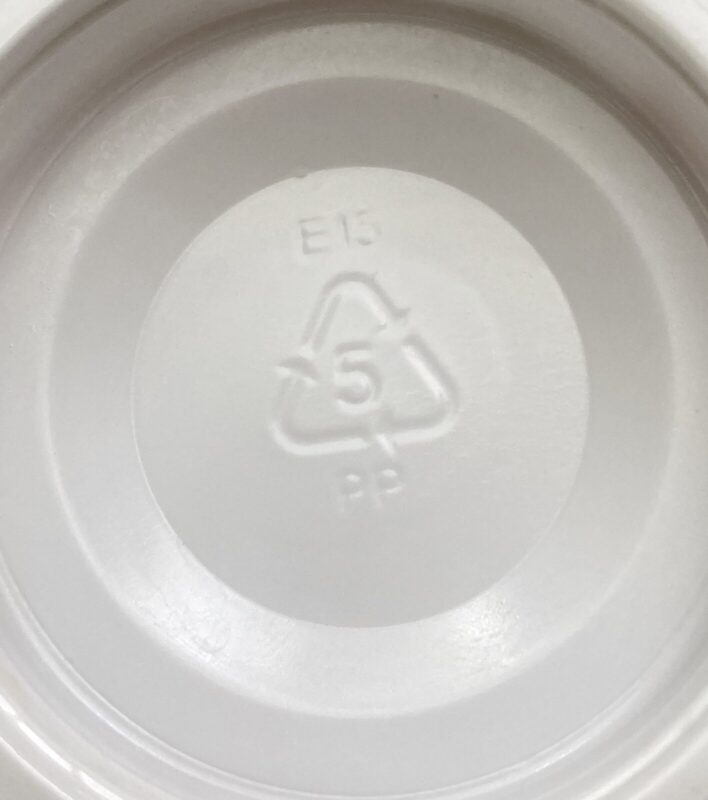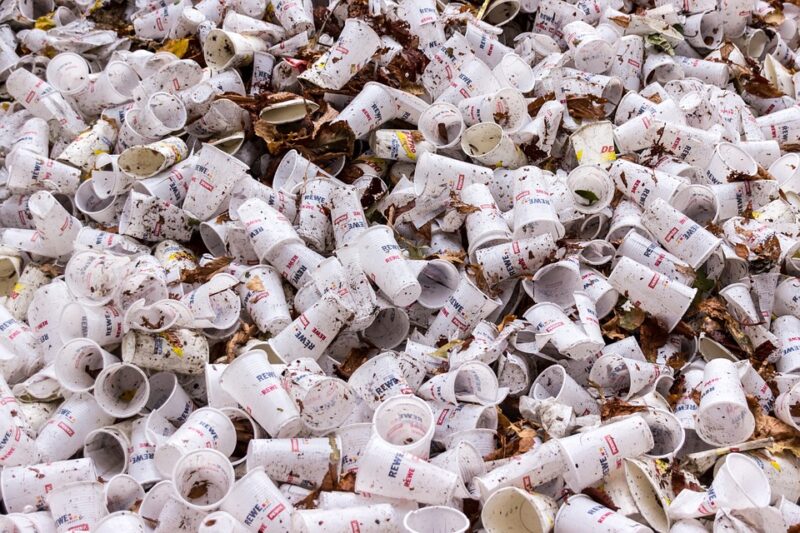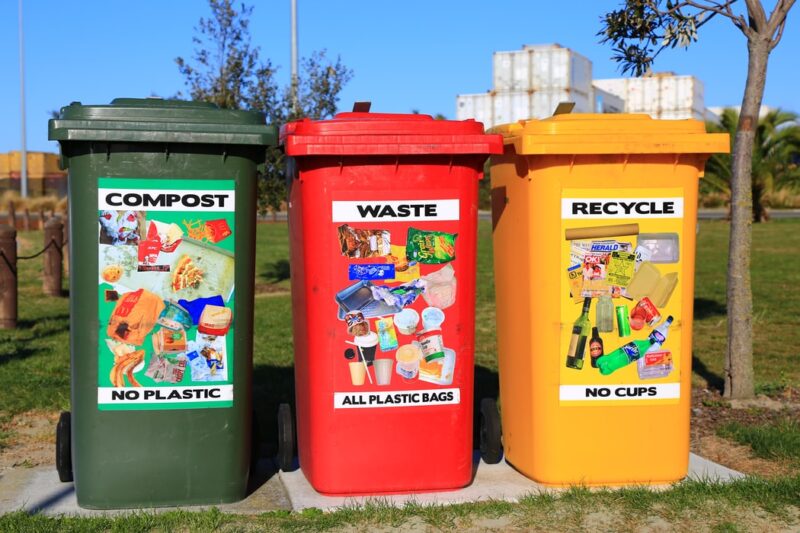Storm drains dump untreated, unsafe water on our beaches – Heal the Bay’s Storm Response Team gives you the safety guidelines to get out a cleanup and stop the trash before it reaches our marine life neighbors at the coastline.
UPDATE 1/3/2023
The first storms of 2024 have brought 0.25-0.5 inches of rain to the Los Angeles Area Basin, which amounts to over 1 inch of rain in some areas over the past seven days, according to the National Oceanic and Atmospheric Administration’s California and Nevada River Forecast Center. As part of the Storm Response Team, we ask you to join us in protecting our ocean from inland plastic pollution by removing debris from gutters, sidewalks, and hiking trails while the weather stays dry.
Ready to take the next step? Complete the virtual training to be added to
Heal the Bay’s Storm Response Team.
Stay safe and follow our extended self-guided cleanup safety tips for post-storm and atmospheric river conditions.
DOWNLOAD Our Self-Guided Cleanup Tips
STORMS AND SUPER WAVES
The California coast has also been experiencing extremely high surf conditions due to a phenomenon called King Tides. According to the California Coastal Commission, the term “King Tide” is used to describe very high tides, caused by the combined gravitational pull when the sun, moon, and Earth are fully aligned with one another. The next King Tides will be on January 11-12, 2024. If helping eliminate marine debris isn’t enough community action for you, we encourage you to take part in the California King Tides Project by taking and sharing pictures of high tide events to help record how our coastline is changing in the face of sea level rise.
The combined effect of heavy rain and dangerously high tides is a very powerful combination, with storms washing all manner of debris down storm drains, through our watershed, and big waves bringing trash from the ocean back to the shore. Our local coastal environment could use our help. Join Heal the Bay and the Storm Response team in ensuring Los Angles starts the new year with safe and clean coastlines!
Then join us for our first Nothin’ But Sand Cleanup of 2024 on Saturday, January 20. 2024 and help make an even bigger impact alongside other environmental activists and beach lovers. RSVP to reserve a bucket.
UPDATE 11/15/2023
The slow-moving Pacific Storm making its way through Los Angeles County is expected to bring 1-2 inches of rain from Wednesday to Saturday. This first flush of the season will send more than 20 billion gallons of water rushing through the city bringing accumulated debris from our gutters, storm drains, and waterways out to the beach.
Please join the Heal the Bay Storm Response Team to protect our coastal waters this rainy season.
Ready to take the next step? Complete the virtual training to be added to
Heal the Bay’s Storm Response Team.
Stay safe and follow our extended self-guided cleanup safety tips for post-storm and atmospheric river conditions.
DOWNLOAD Our Self-Guided Cleanup Tips
EACH TIME IT RAINS, the Los Angeles storm drain system rushes untreated water and all the debris that litters our streets, gutters, and sidewalks right into our beaches and coastline. Cleaning up the mess made by these trash-freeways in our community calls for the help of our trusty Storm Response Team! Made up of Heal the Bay staff and dedicated volunteers, the Storm Response Team acts as the last line of defense, removing garbage washed out of the storm drain system and local waterways before it reaches the ocean. Interested in conducting your own Storm Response Team deployment? Please remember to stay safe and follow our extended self-guided cleanup safety tips for post-storm and atmospheric river conditions.
📄 Download: Self-Guided Cleanup Tips – Storm Response and Atmospheric River Conditions
When the call goes out, the Team puts on their rubber boots, gloves, and raincoats and goes out during low tide or during a break in the rain to local catch basins and outfalls, gathering as much trash as they can. Pollution and litter upstream are swept through the system and, while the Heal the Bay team attempts to get out there quickly, a barrage of atmospheric rivers dousing our southland can make it extremely difficult to stave the flow of trash, debris, and unsafe particulates. We are encouraged by the volunteers who have reached out about helping to do individual clean ups, but we must warn that it is a filthy job and volunteers should proceed with caution.
Heal the Bay is constantly advocating for upstream solutions that would stop the flow of pollution into our local waterways and prevent the need for storm response teams in the future. Reducing single-use plastics and polystyrene, the technical term for products commonly referred to as styrofoam, has a significant impact on reducing the amount of trash that reaches our oceans.
Heal the Bay also supports efforts to collect, treat, and use stormwater. Measure W, passed in 2018, provides funding for local stormwater capture, treatment, and reuse projects. These efforts will drastically reduce our reliance on imported water, reduce pollution in our local waterways and coastal waters, and reduce risks to public health.
👉 Get caught up: Learn more about Heal the Bay’s efforts in getting Measure W passed and it’s implementation.
Tips for all Angelenos during #LARain:
- Stay out of the water. The County of Los Angeles Environmental Health Department and Heal the Bay urge residents and visitors to avoid water contact at Los Angeles County beaches for at least 72 hours following rain event. Check our Beach Report Card website or app before your next swim along the coast.
- Avoid low-lying areas and stay up to date on all local weather alerts
- Know the flow. Test your water knowledge, and share insights about rainwater runoff and where Los Angeles gets its water in your community.
ACTION LINK(S)
DOWNLOAD STORM CLEANUP SAFETY TIPS
Written by Stephanie Gebhardt. As our Beach Programs Manager, Stephanie organizes Heal the Bay’s beach cleanups and community beautification projects. With experience in sustainability consulting and science communication, she unites Angelenos in protecting what they love.
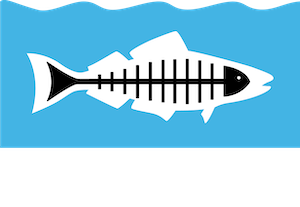
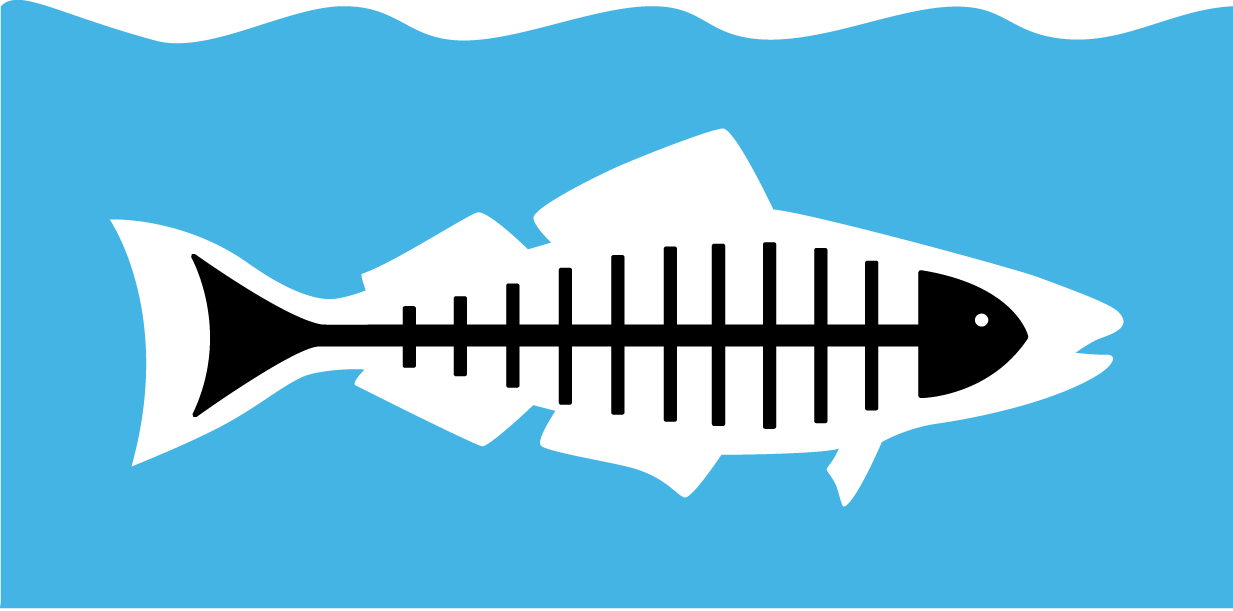

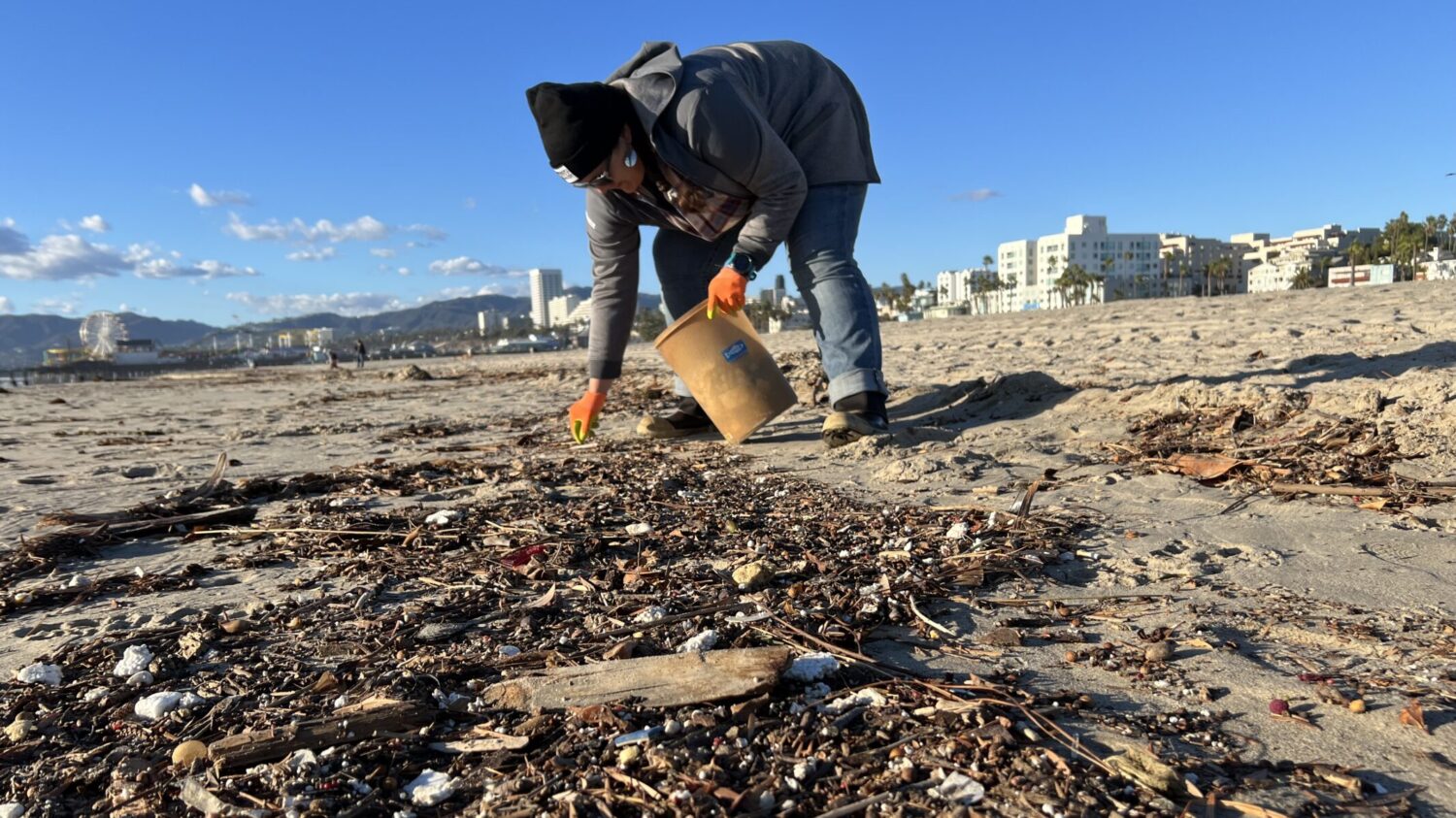
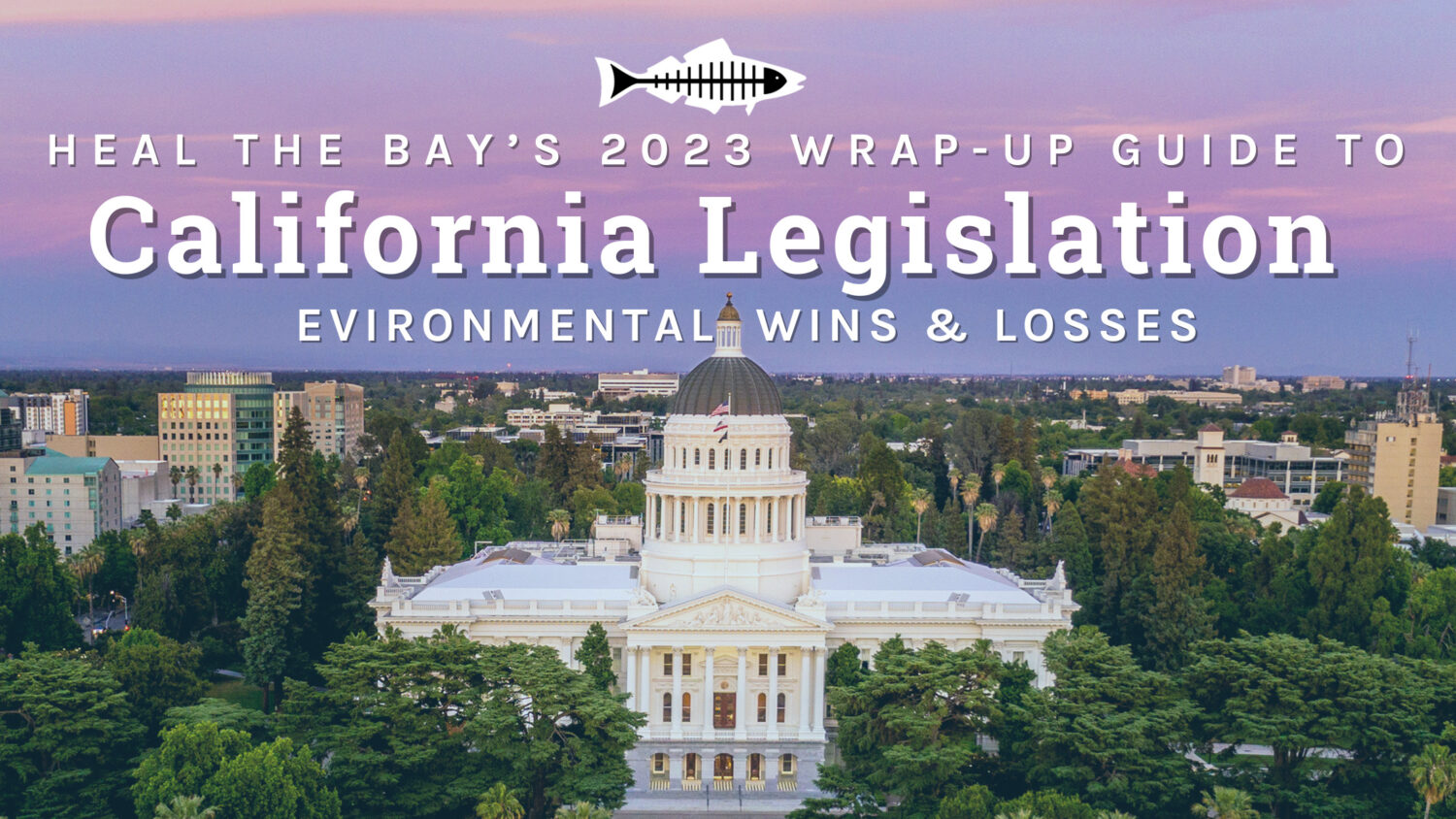
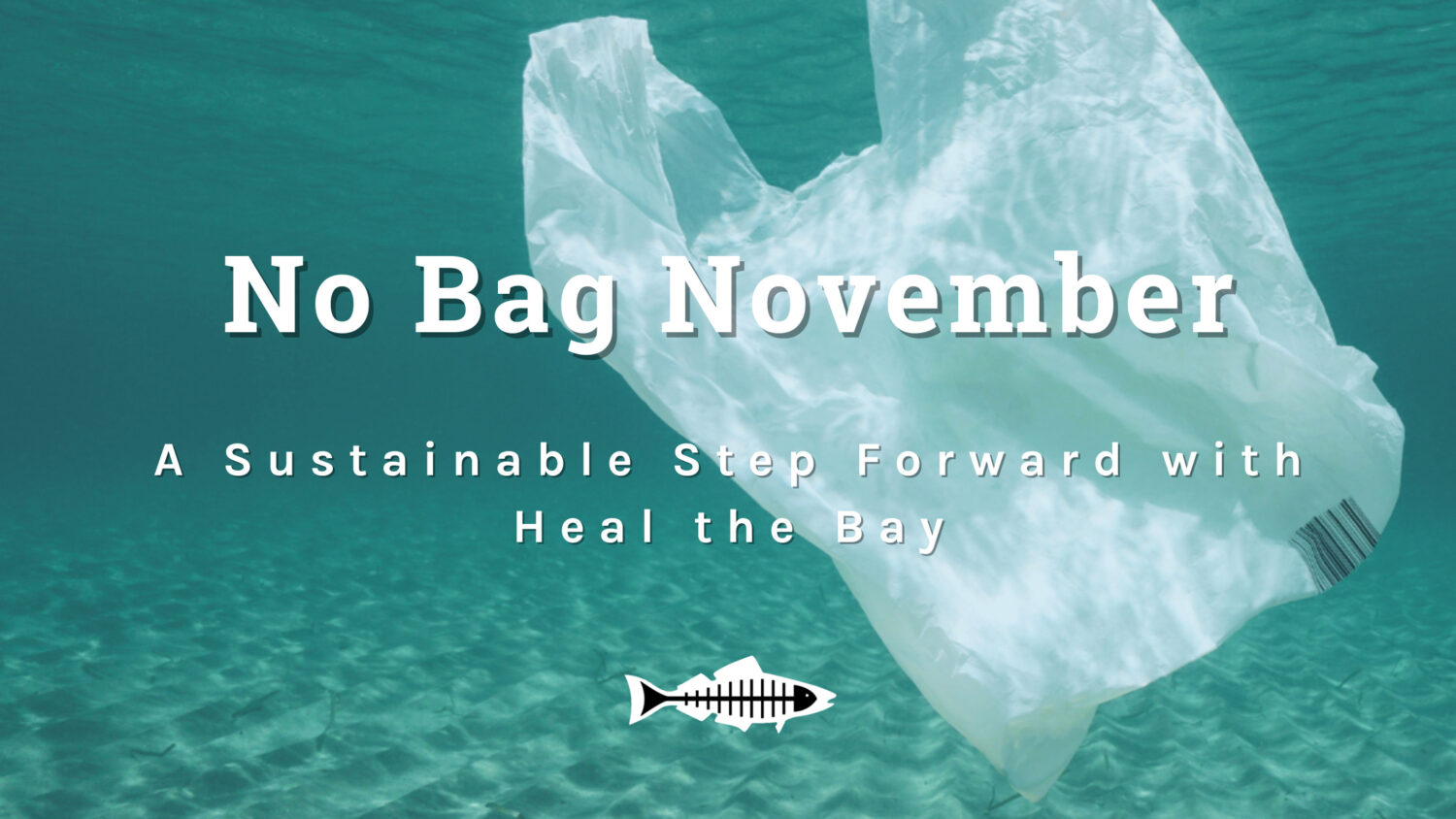
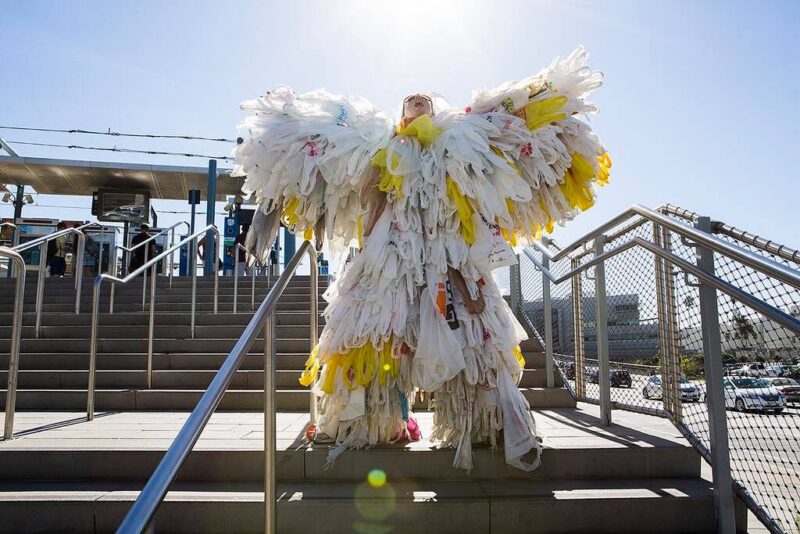
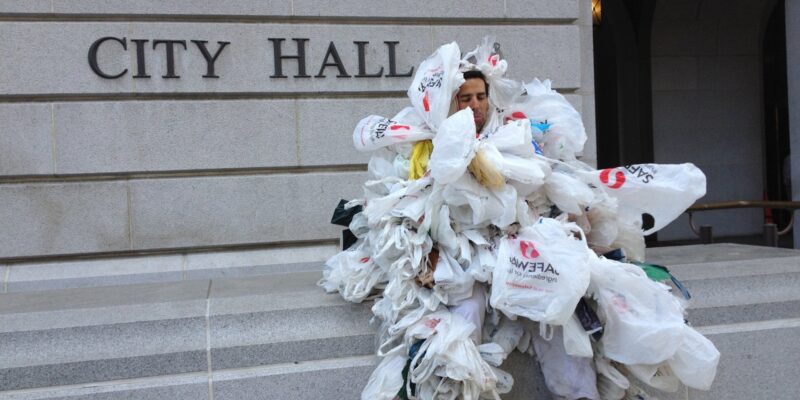
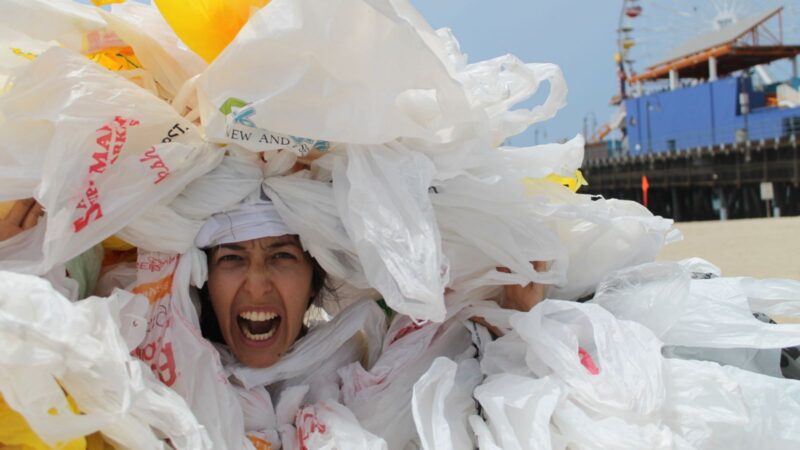
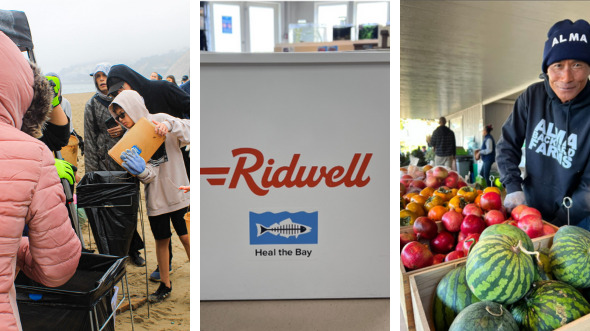
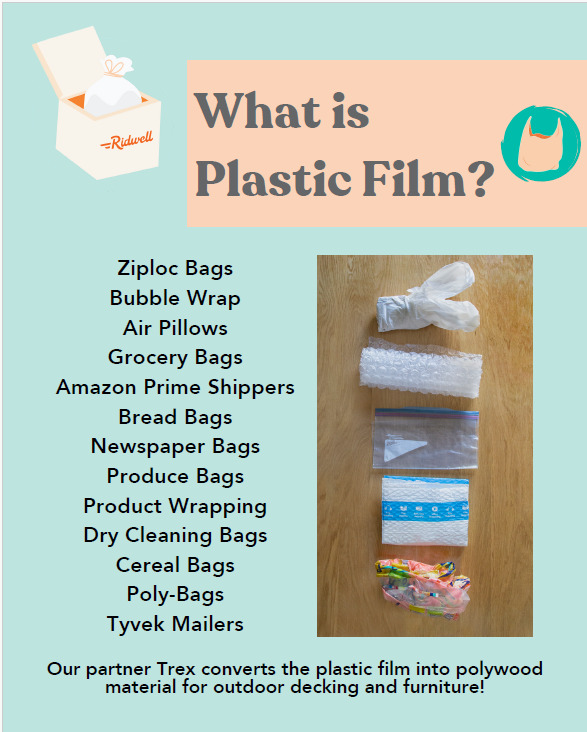
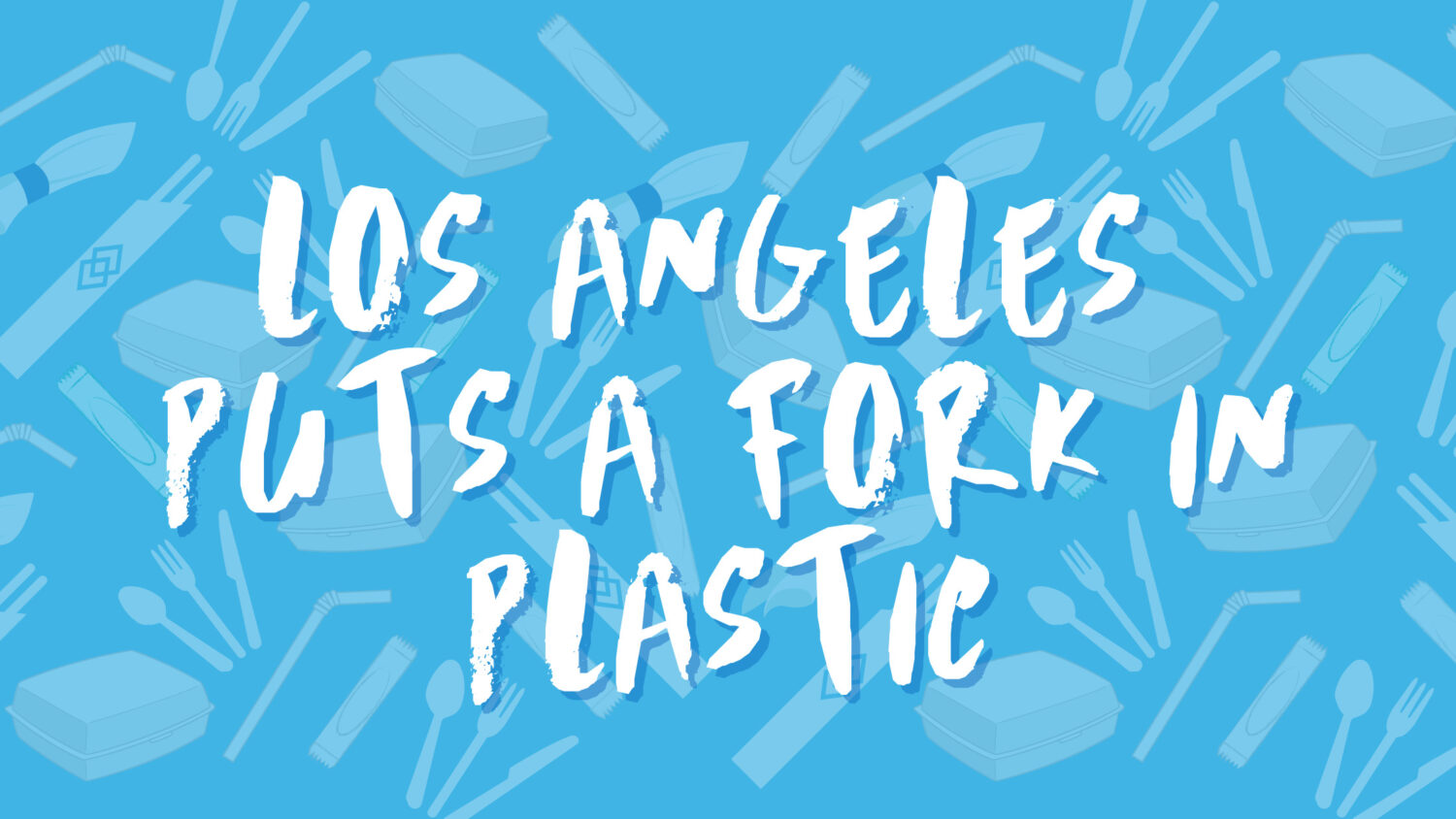
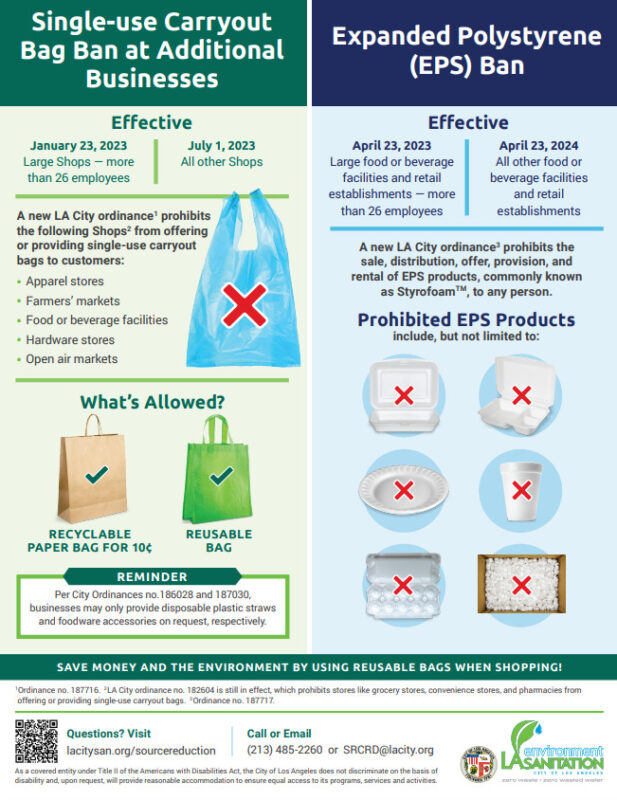
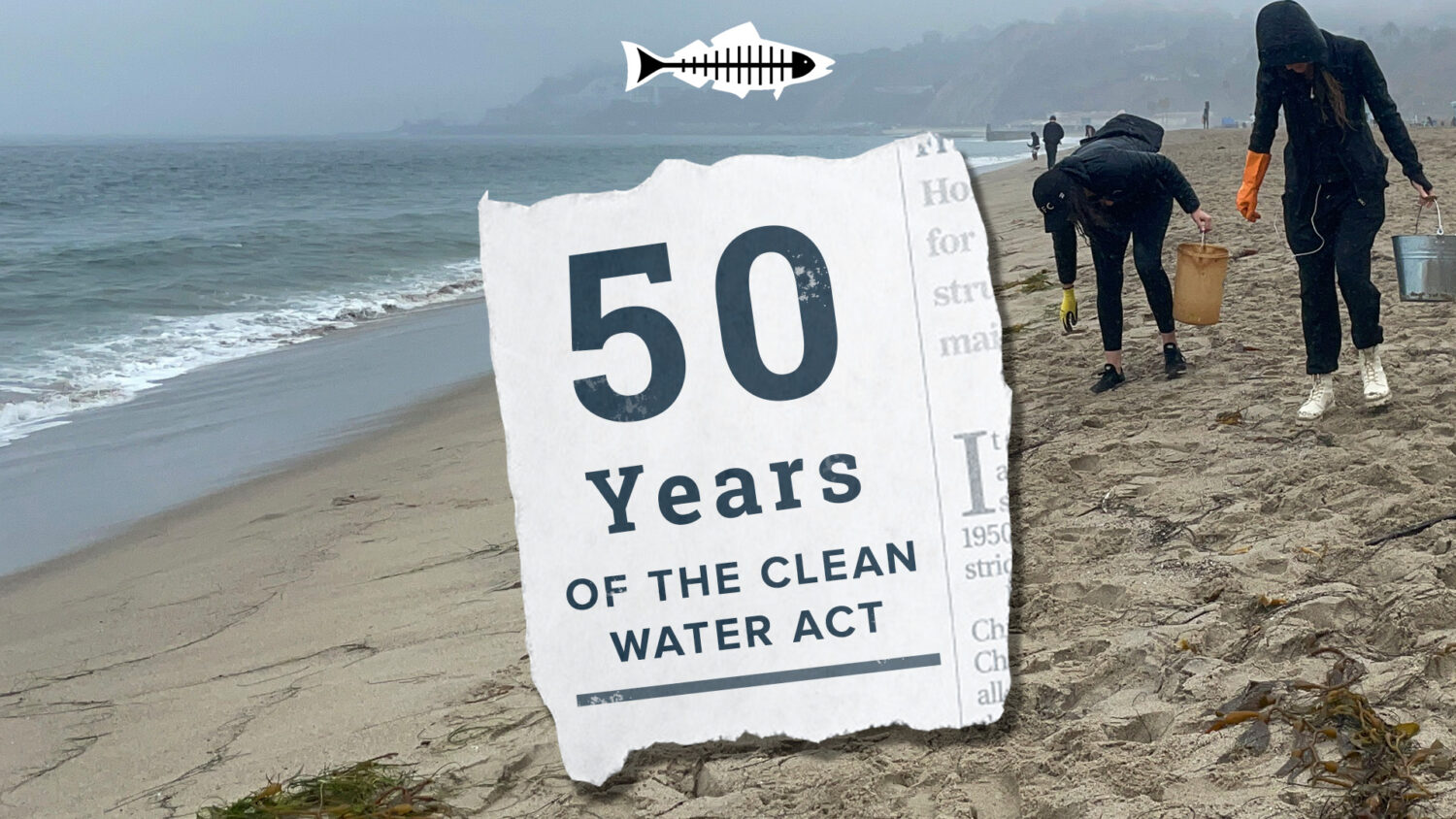
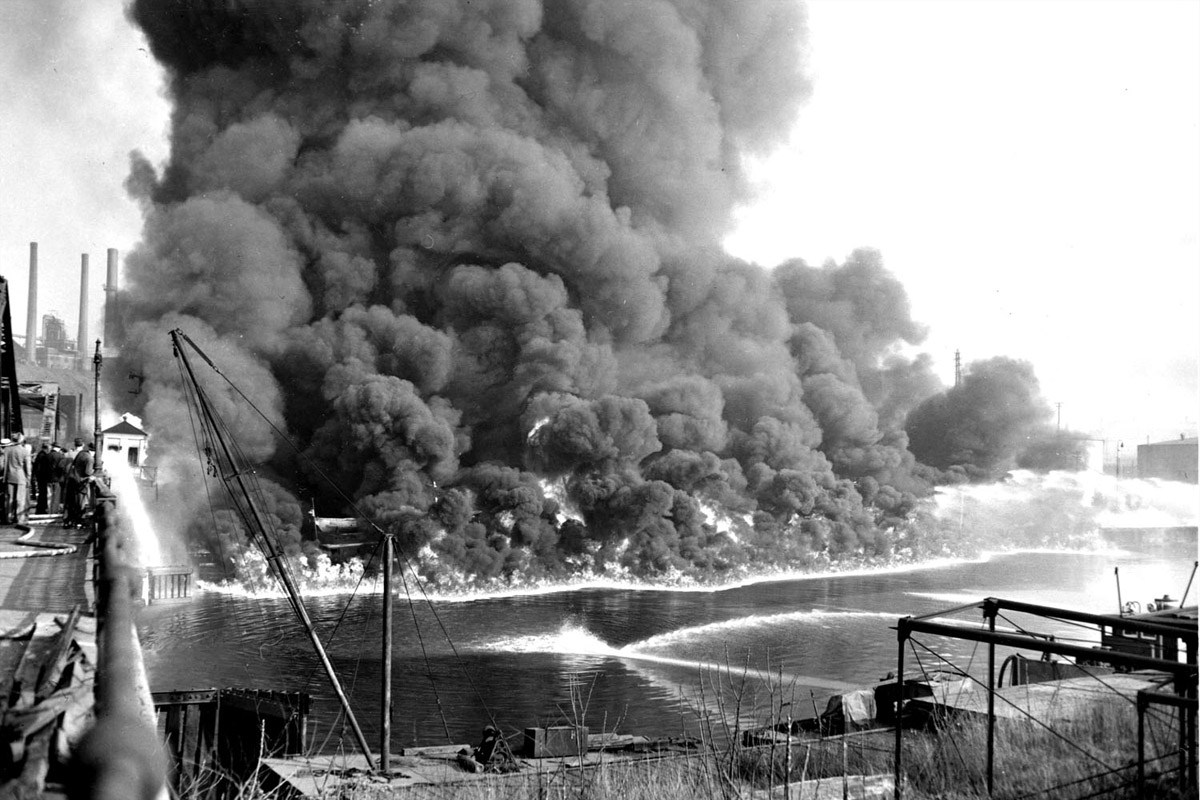
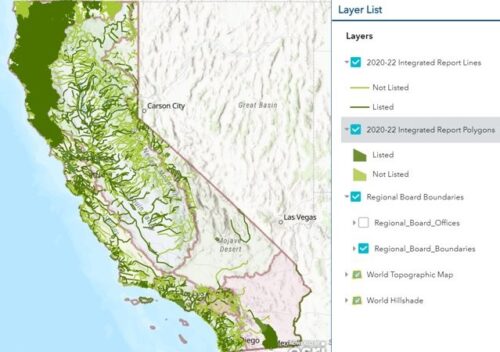
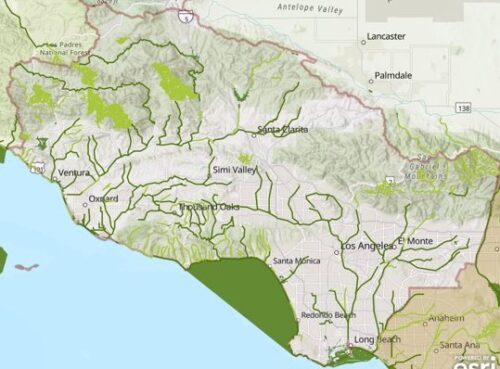
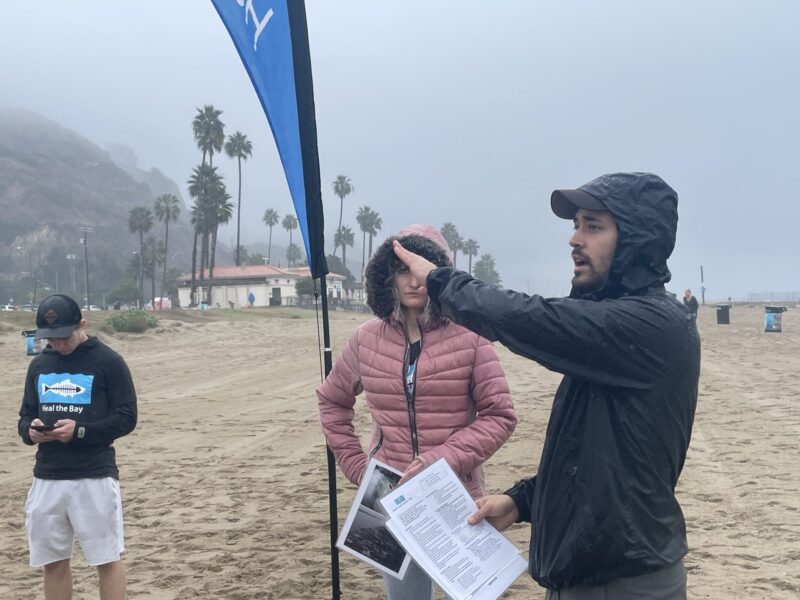
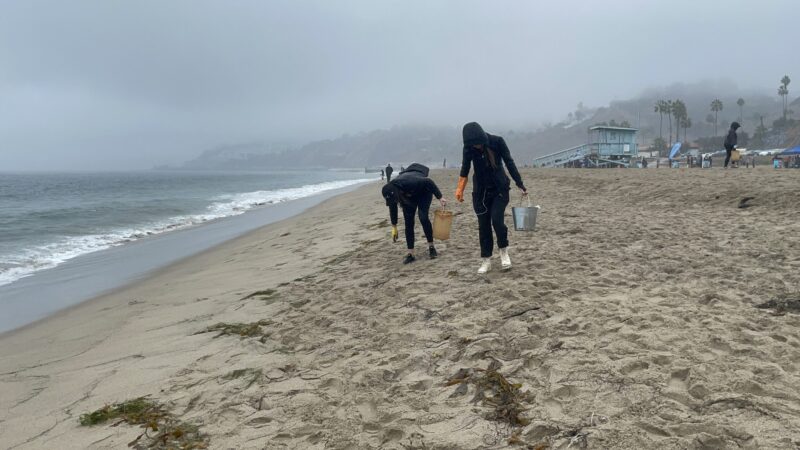
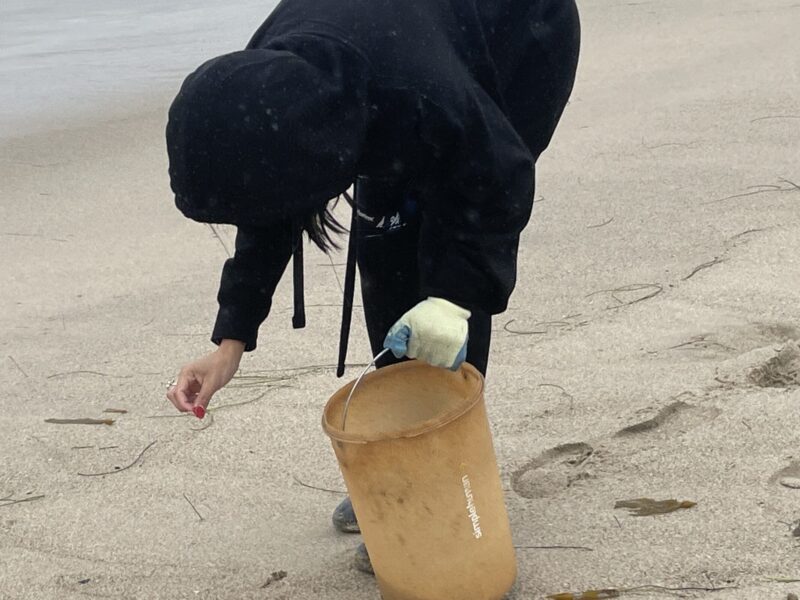
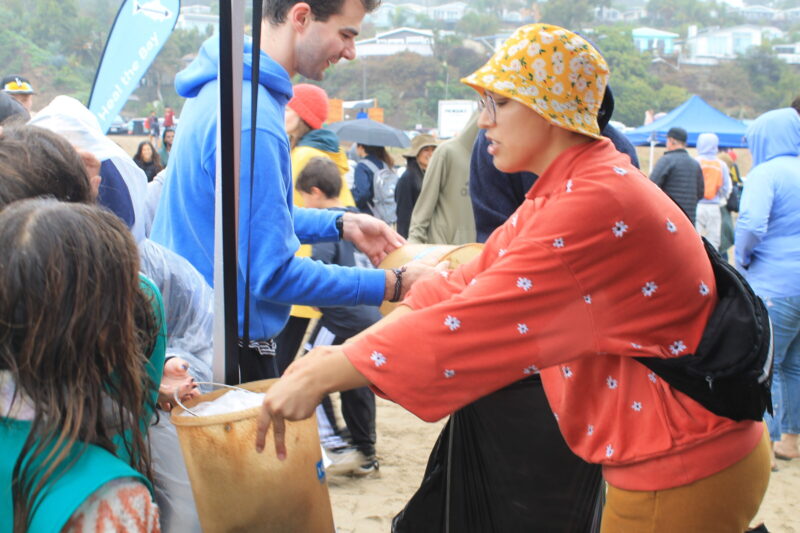
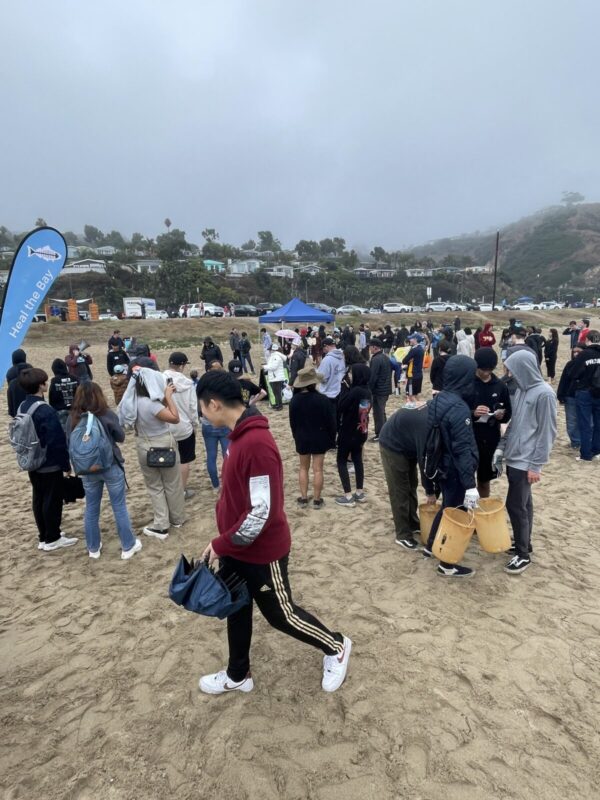
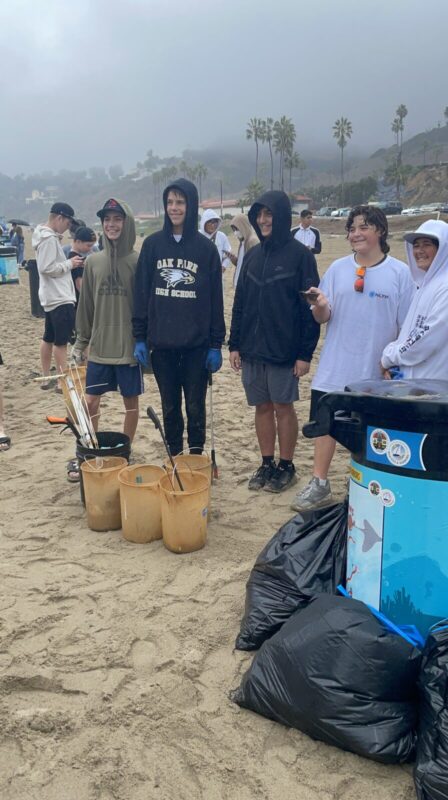

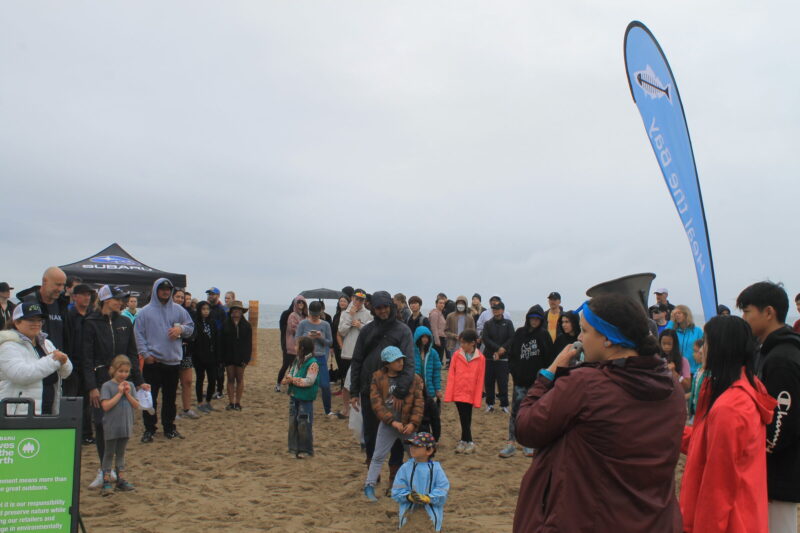
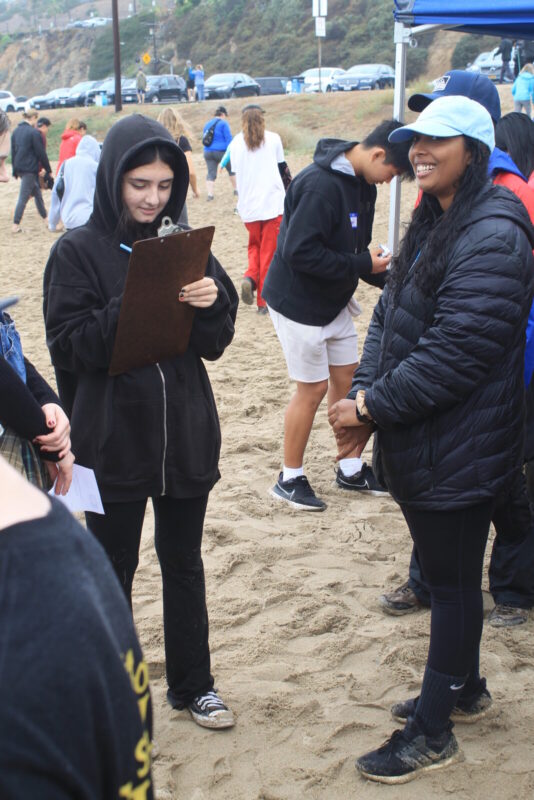
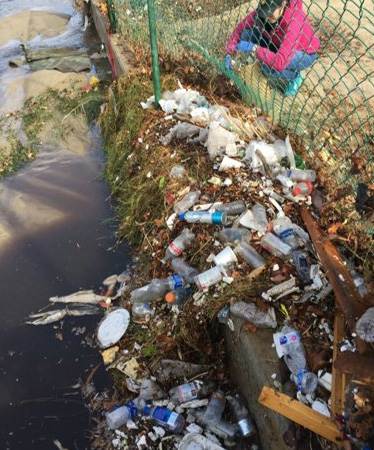
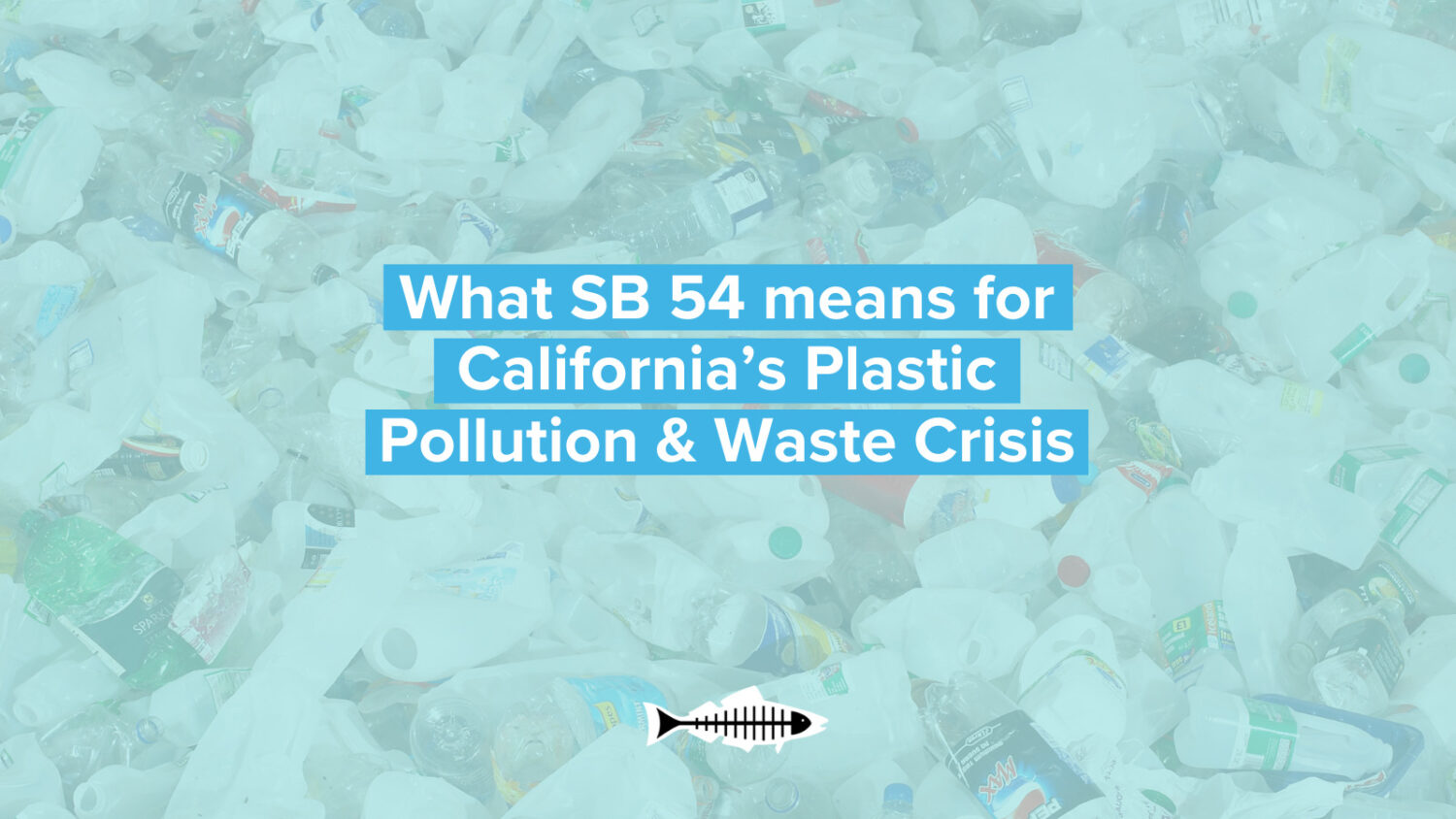
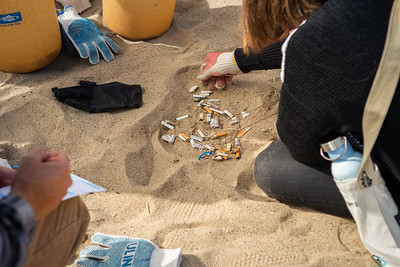
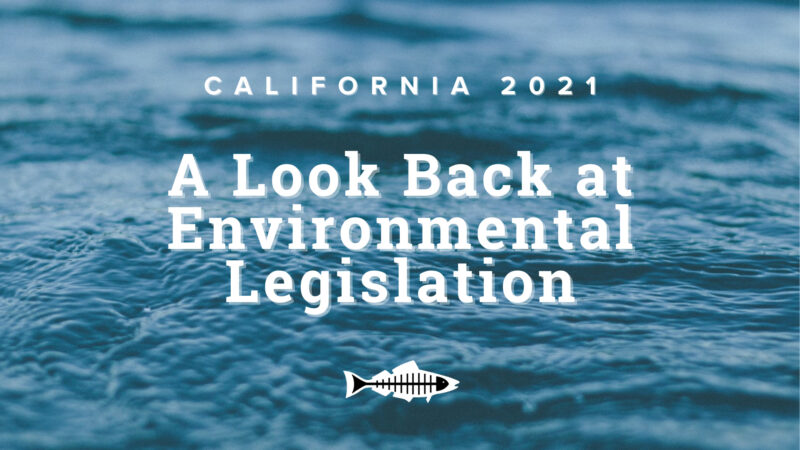 2021 was a turning point for environmental legislation in California.
2021 was a turning point for environmental legislation in California.